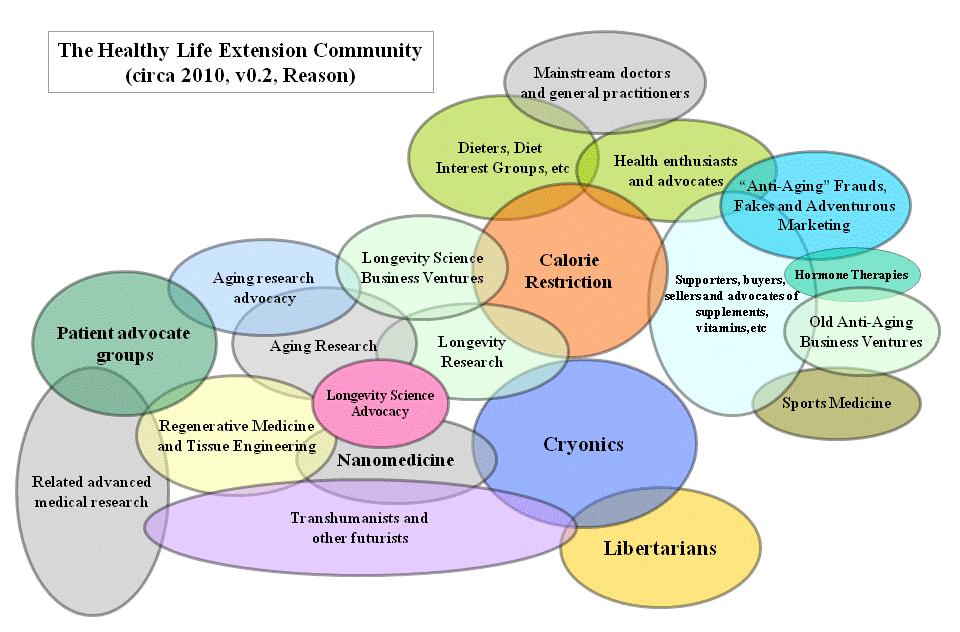Bioethics Council: What the Blogosphere Thinks
Based on rumblings from the blogosphere, I think we can expect to see some very cutting articles in the press in the coming week. Glenn Reynolds is working on one right now and Chris Mooney has had some things to say on the topic. Read on for a roundup of some views from the extended blogging community:
James Hughes at Cyborg Democracy, just back from a converging technologies session, dismisses the council as largely irrelevant:
At yesterday's meeting speaker after speaker obliquely dismissed Kass and the Luddites, and the lunch time keynoter was the Undersecretary of Commerce for Technology, Philip Bond, who again said that we had to address the ethical issues and concerns, but that Luddism and fear were the wrong way to go since these new technologies would create American jobs.
I'm not sure I agree with this viewpoint. While it's true that scientific progress is bubbling up through the cracks no matter what the US government does, it's also true that regenerative medicine research in the US has been badly and deliberately damaged by administration policies. The cost of setbacks in human life and suffering is huge and terrible. The council is part of the support mechanism used to suppress this research in the name of anti-abortion politics, and so it has to go along with the policitians who support these goals.
The Corpus Callosum offers some careful thoughts on the matter - worth reading all the way through, as it provides some history to the current council reshuffle.
Now, let's think about this for a bit. The White House spokesperson, Erin Healy, stated the two members' terms had expired in January, and they were on "holdover status." This is a lie of omission. She, and by extension, her boss George W. Bush, are lying about the Ethics Board. Why even bother to have an ethics board? They hire these folks at taxpayer expense, purportedly to provide counsel on ethics, when in fact that is not their purpose. Although we can't be certain what the motive was for these two dismissals, Dr. Blackburn's statement, "I think this is Bush stacking the council with the compliant," is fairly telling. Also, there is the timing of the dismissals. Gina Smith's site refers to the fact that the Council had just released a report on stem cells. Apparently, the report -- more than 400 pages -- contained no conclusions. (Your tax dollars at work, again.)
There's more analysis in the same vein to follow that up. Our friends at the Speculist have their first comments on the issue, and I'm told that there will be more to follow. Stephen Gordon agrees with me on what this bodes for the future:
When making policy on matters as important as stem cell research it's crucial for the President to hear all viewpoints - unless he's already made up his mind. That's the problem here. Bush has made up his mind and isn't interested in hearing opposing views anymore. He wants justification for the policy he's decided on. He wants to be able to say to Congress "This bill I'm sponsoring is supported 100% by my Council on Bioethics."We are getting a glimpse of what Bush intends to do in his second term regarding therapeutic cloning and embryonic stem cell research. It's no longer sufficient that the research is not federally funded. Now that individual states are showing a willingness to pick up this slack, he is preparing to outlaw it nationally. Why else would he care so much about the composition of the Council on Bioethics?
As a reminder, a bill that outlaws most stem cell research nationally is (still) one senate vote away from being passed. There's also the fact that this administration has been trying very hard to push a global ban through the United Nations. This is ugly, ugly politics - the politics of control, denial, bans on medical research, and enforced death and suffering. Are we really going to stand for this from any administration?
Hopefully not.
Balkanization comments on this and says:
In the past several years the council has found it difficult to reach concensus that matches the Administration's preferred positions. Apparently that will no longer be a problem. I think this undermines any credibility that the President's council on bioethics ever enjoyed.
Calpundit comments "Apparently George Bush's Council on Bioethics still has a few members who actually disagree with him about stem cells and cloning. Can't have that, can we?. At Ruminate This, the commentary is entitled "Taking the ethics out of bioethics":
Once again we come face to face with behavior by an administration so unburdened by the challenging demands of integrity that it can't even be bothered to concoct some suitable lie to cover its tracks. As the parent - like our esteemed hostess Lisa English - of a chid afflicted with type I (insulin-dependent) diabetes, the issue of stem cell research is one that is close to my heart because of the promise it holds for curing my son's disease. The singular fact that this Council was stacked from the outset with a majority of members opposed to the most promising means of developing stem cell lines in sufficient quantities to conduct meaningful research solely in order to provide Gee Dub with the cover necessary to make a political decision to appease his Pharisee base was enough to plunge me into a funk that lasted for weeks ... but it also leads to a bigger issue, that of an administration that continually cooks the books when it comes to science.
We'll see what comes up in the media during the week. In the meanwhile, write to your representatives and call for the abolition of the bioethics council!
